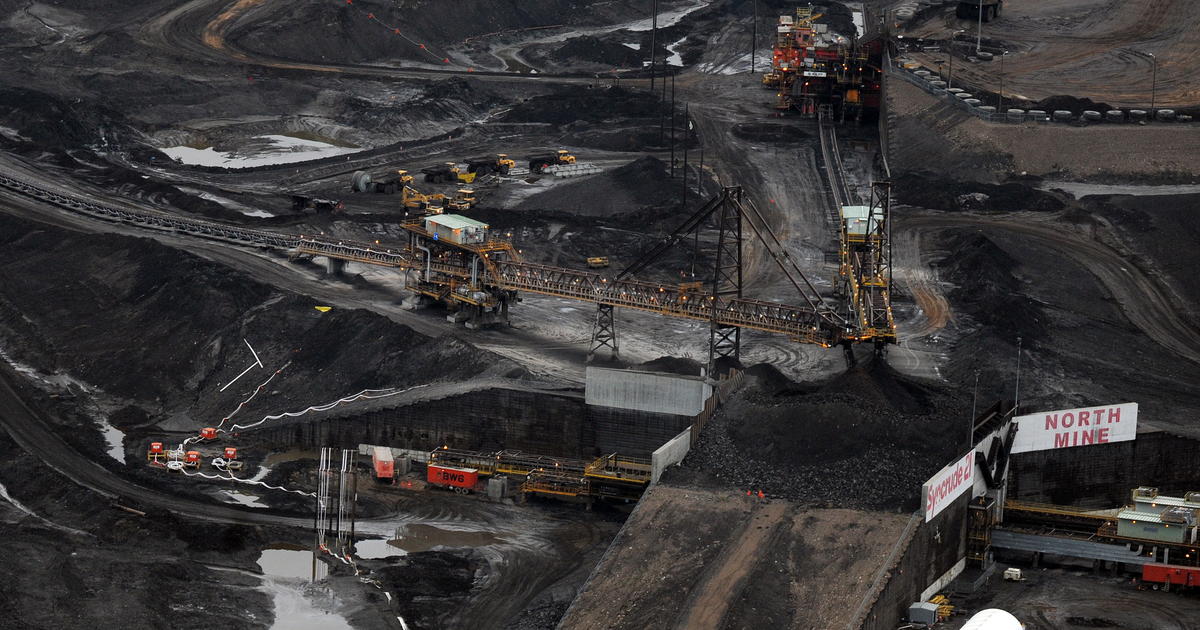ANSI B31.8 Shale Gas Pipeline Integrity Testing
The ANSI/ASME B31.8 standard is a critical document that outlines the design, construction, and operation of natural gas pipelines. Within this framework, Shale Gas Pipeline Integrity Testing focuses on ensuring the structural integrity of shale gas pipelines through rigorous testing protocols.
The integrity of shale gas pipelines is paramount to prevent leaks, explosions, and other catastrophic failures that can result in significant environmental damage, financial loss, and safety risks. This service ensures compliance with industry standards while providing a robust assessment of pipeline health.
Our team leverages advanced non-destructive testing (NDT) techniques such as ultrasonic thickness measurement, radiographic inspection, and magnetic particle testing to evaluate the integrity of your shale gas pipelines. These methods allow us to detect defects, corrosion, and other anomalies without compromising the structural integrity of the pipeline.
Compliance with ANSI/ASME B31.8 is essential for operators seeking to avoid penalties from regulatory bodies such as the Pipeline and Hazardous Materials Safety Administration (PHMSA). Our service ensures that your pipelines meet these stringent requirements, thereby reducing operational risks and improving overall safety.
The testing process begins with a thorough assessment of pipeline specifications and operational history. This data is used to tailor our approach to each specific pipeline, ensuring that the most relevant tests are conducted. Once the initial assessment is complete, we proceed with detailed inspections using state-of-the-art equipment.
During these inspections, we utilize advanced technologies such as phased array ultrasonic testing (PAUT) and eddy current testing (ECT). These methods provide high-resolution images of internal pipeline walls, allowing us to identify even the smallest defects. Additionally, we employ advanced computational fluid dynamics (CFD) simulations to predict potential failure points based on real-world operating conditions.
Our service also includes a comprehensive reporting phase where we document all findings in detail. This report serves as a valuable resource for operators looking to make informed decisions about pipeline maintenance and replacement schedules. By providing detailed insights into the condition of your pipelines, we empower you to prioritize repairs and upgrades where they are most needed.
For quality managers and compliance officers, this service ensures that all regulatory requirements are met, thereby minimizing legal risks associated with non-compliance. For R&D engineers working on improving pipeline designs, our testing results offer valuable data points for future iterations of safer and more efficient pipelines. Procurement teams can use these insights to source materials and components that meet the highest integrity standards.
Testing Parameters
The primary focus of this service is ensuring that shale gas pipelines are free from defects that could compromise their structural integrity. Key parameters include:
- Thickness variation
- Wall loss
- Corrosion detection
- Internal and external cracks
- Seam weld quality
- Joint integrity
Scope and Methodology
The scope of our ANSI B31.8 Shale Gas Pipeline Integrity Testing service is comprehensive, covering both internal and external inspections of your pipelines. This includes:
- Internal corrosion assessment using ultrasonic testing (UT) and magnetic particle inspection (MPI)
- External inspections for surface cracks and other defects
- Evaluation of seam welds and butt joints
- Pressure testing to ensure structural integrity under operating conditions
The methodology we employ is based on the latest advancements in non-destructive testing (NDT) technology. Our team utilizes specialized equipment such as phased array ultrasonic probes, radiography machines, and eddy current scanners to conduct these inspections.
For internal inspections, we use UT techniques that can penetrate up to 40 mm into the pipe wall. This allows us to detect even minute flaws that might otherwise go unnoticed. MPI is used for detecting surface cracks on external surfaces of pipes. For seam welds and butt joints, radiography provides high-resolution images that reveal any imperfections.
The pressure testing phase involves subjecting the pipeline to specific pressures while monitoring for leaks or other anomalies. This step ensures that your pipelines can withstand the stresses they will encounter during normal operations.





